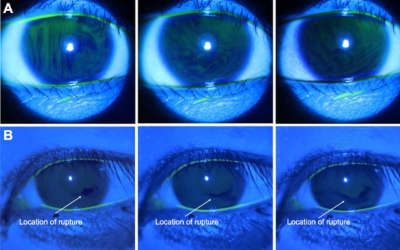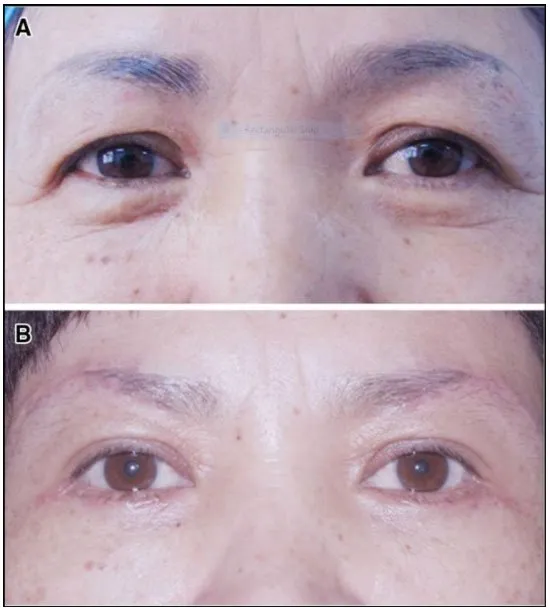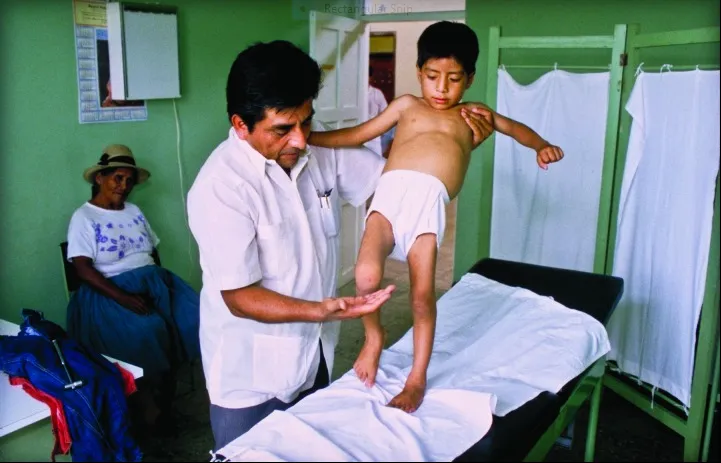-1920w%20(1).webp)
What is Lasik?
Why is Lasik?
Lasik Recovery
Cost of Lasik
Lasik Consultation
Is Lasik Safe?
Lasik Alternatives
Epi-Clear
PRK (Photo Refractive Keratectomy)
Lasik FAQ
Astigmatism
Droopy Eyelids Ptosis
Diabetic Eye
Corneal Ulcer
Corneal Ectasia
Eye Stye and Chalazion
Myopia
Macular Degeneration
Keratoconus
Hyperopia Farsightedness
Eye Floaters and Flashes
Dry Eye Syndrome
Resources
Forms
Insurance
Covid-19
Patient Portalt
Partner Portal
EH Portal
Bill Pay
Clean My Lids
Solar Eclipse Facts
Eclipse Viewing Guide
How to Photograph or Record a Solar Eclipse Safely

.jpg)

.jpg)



.jpg)

